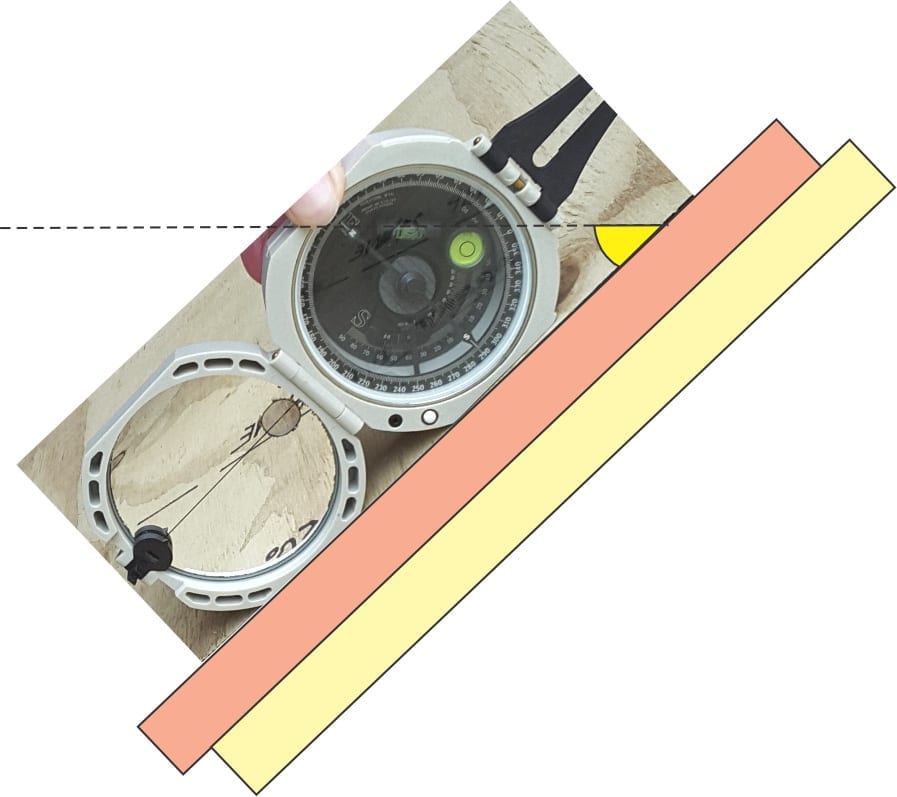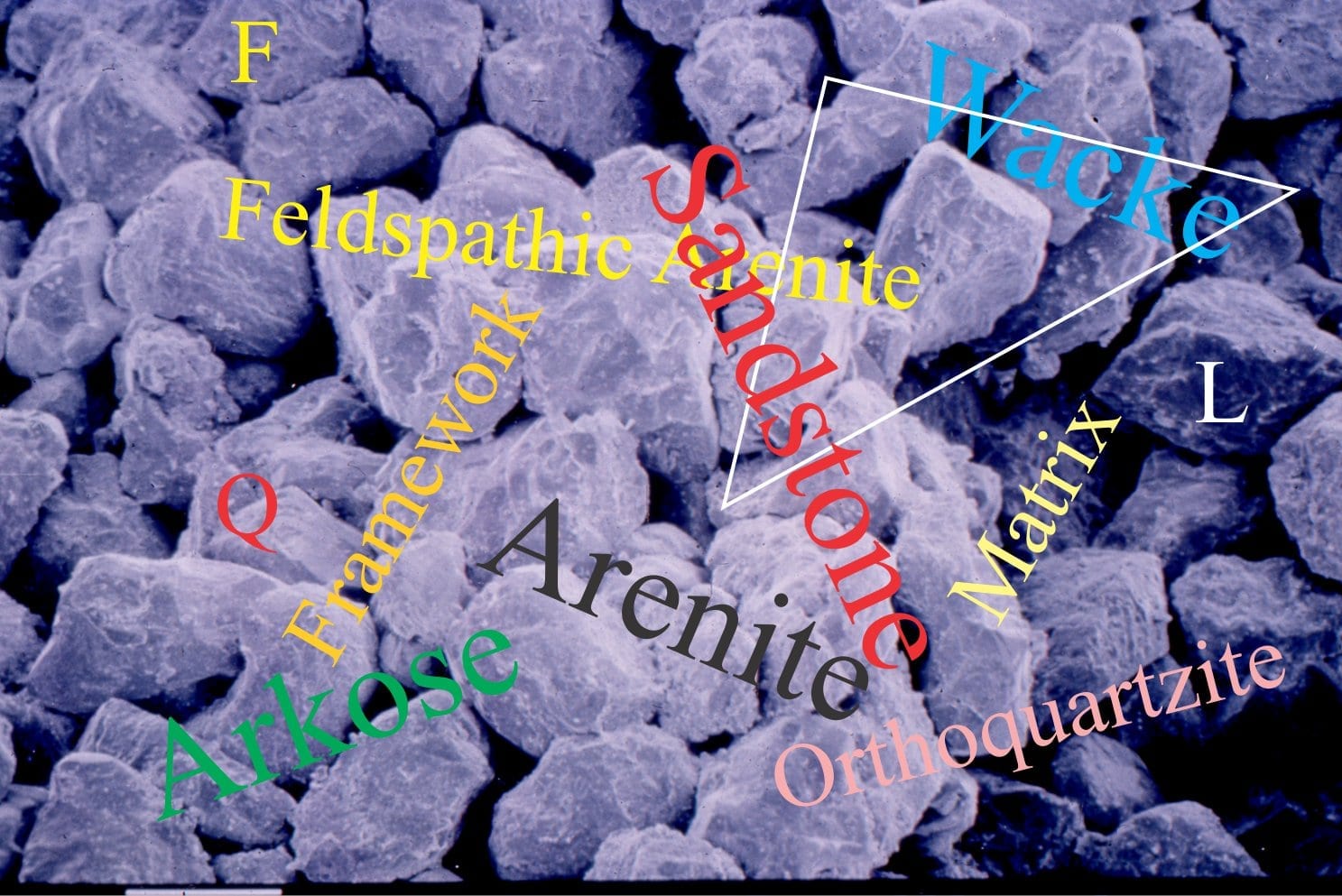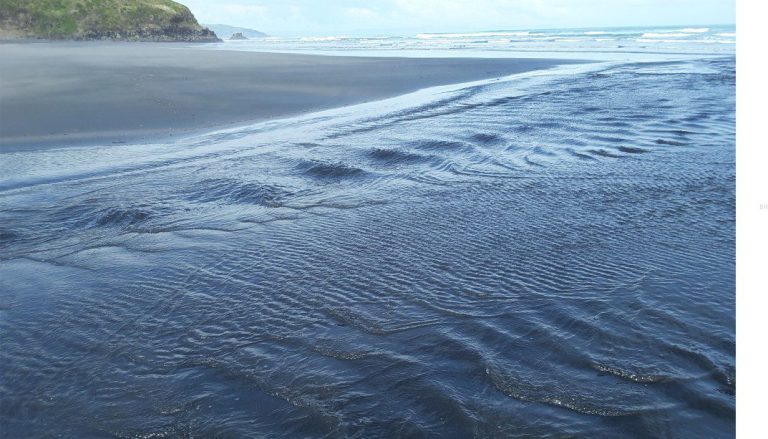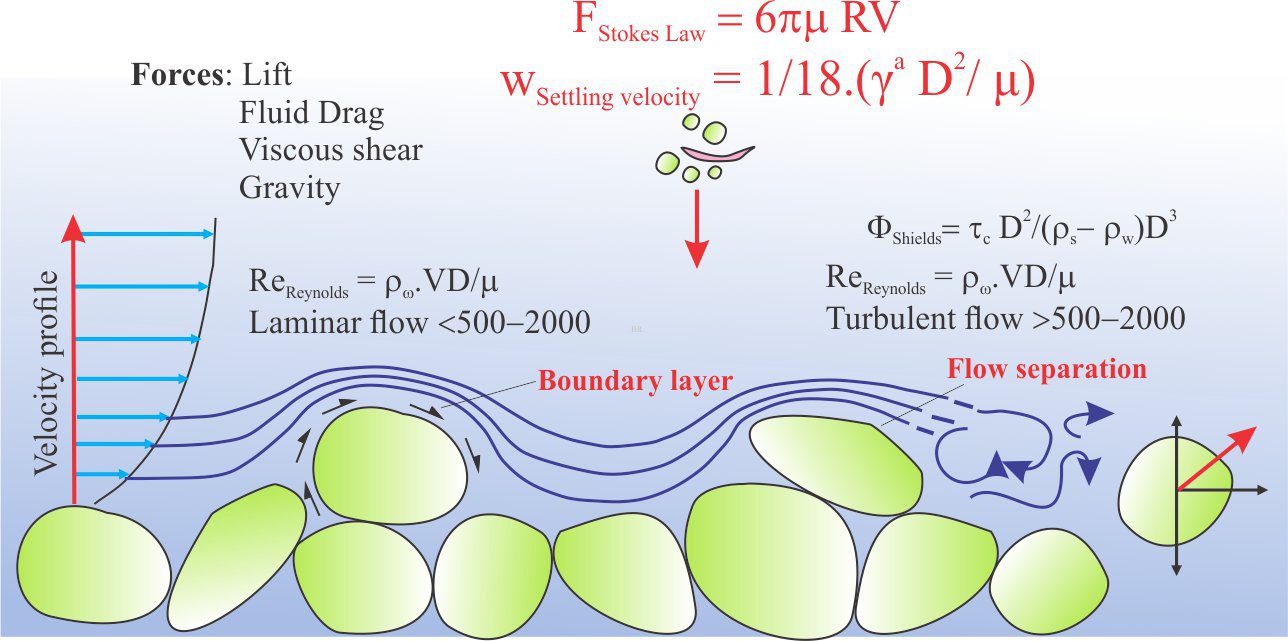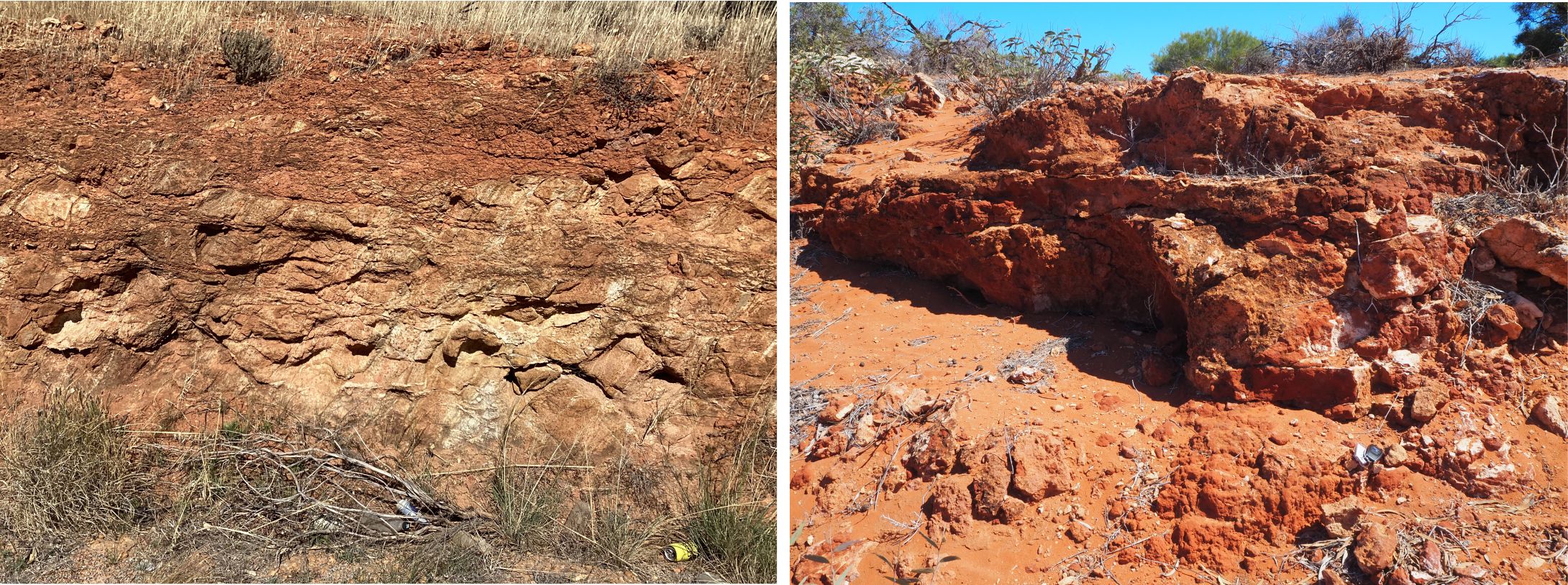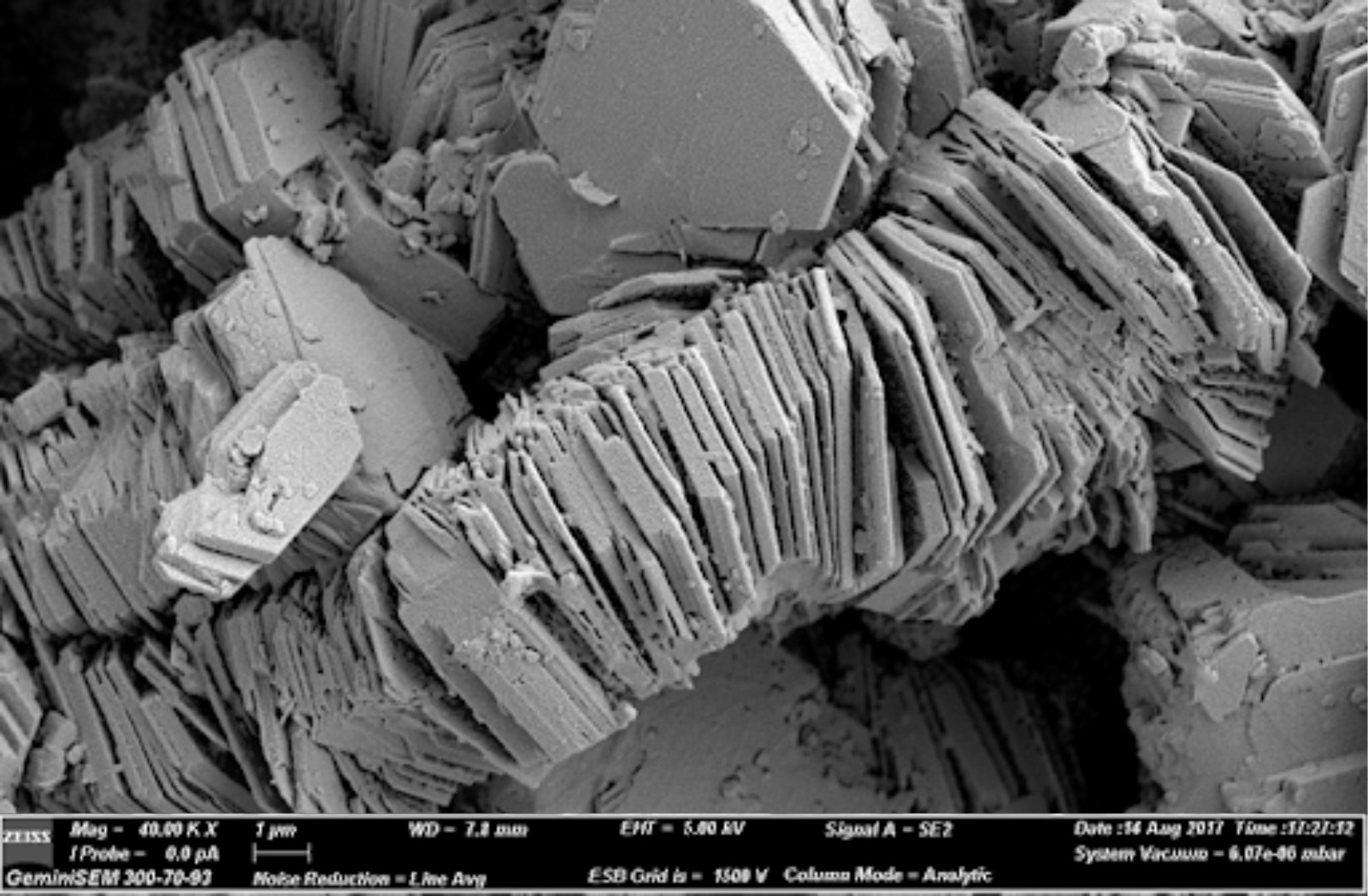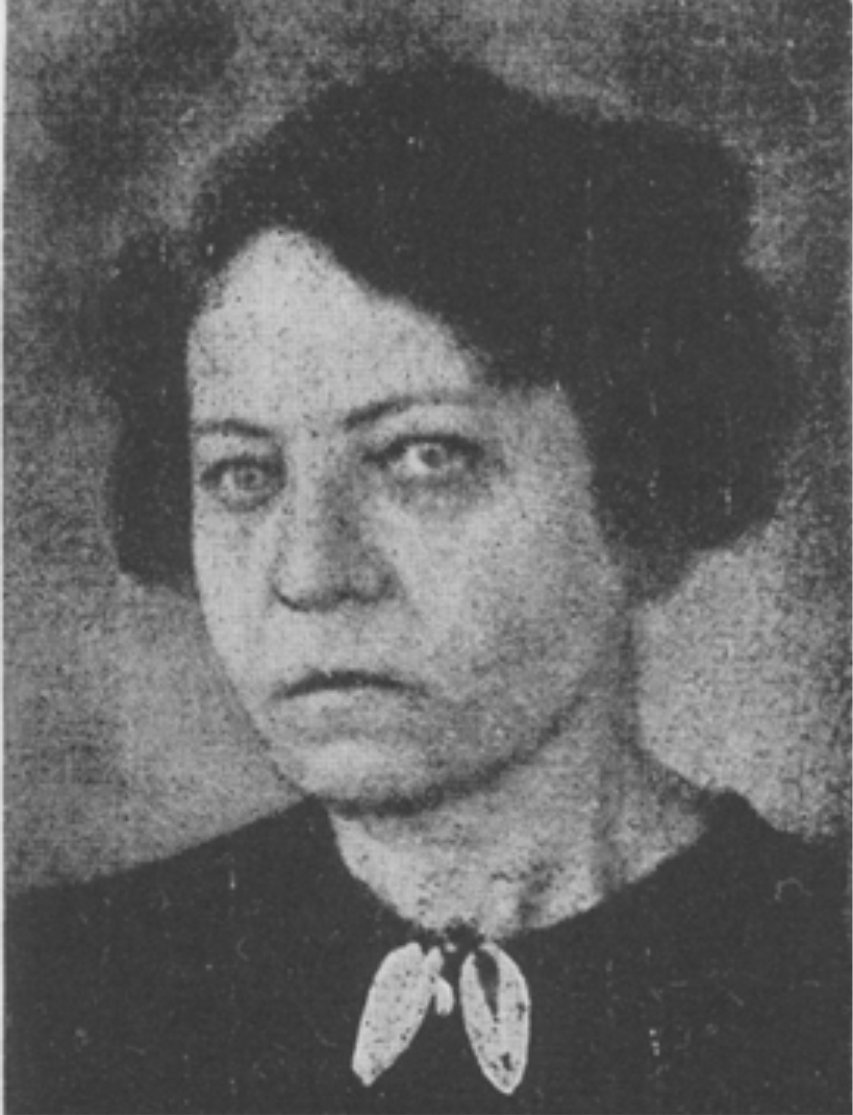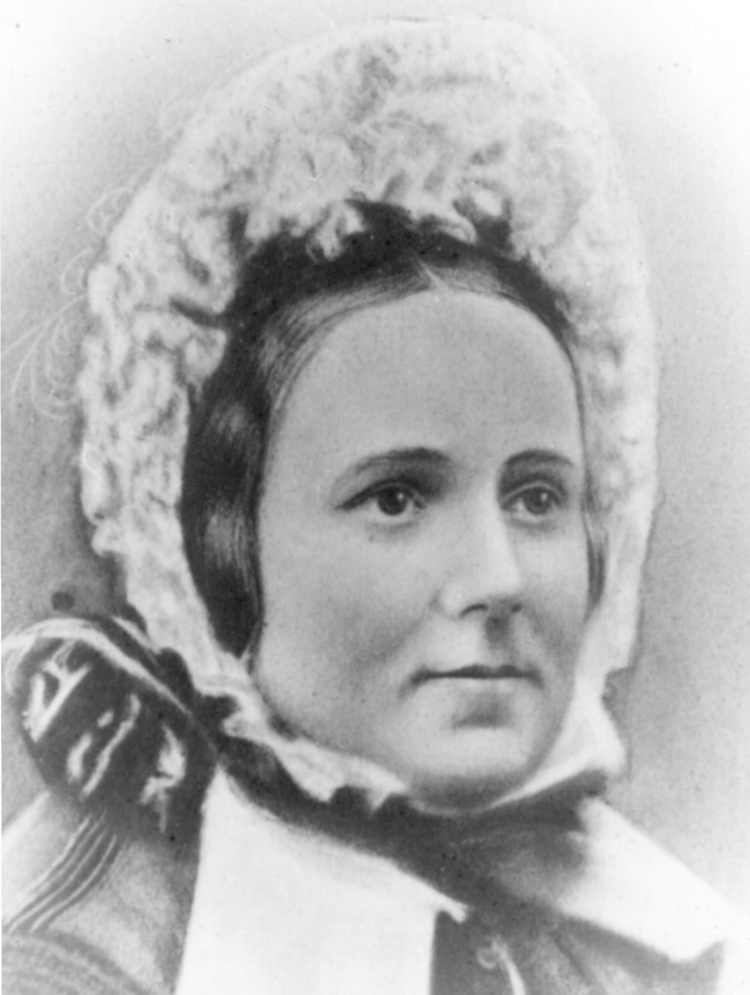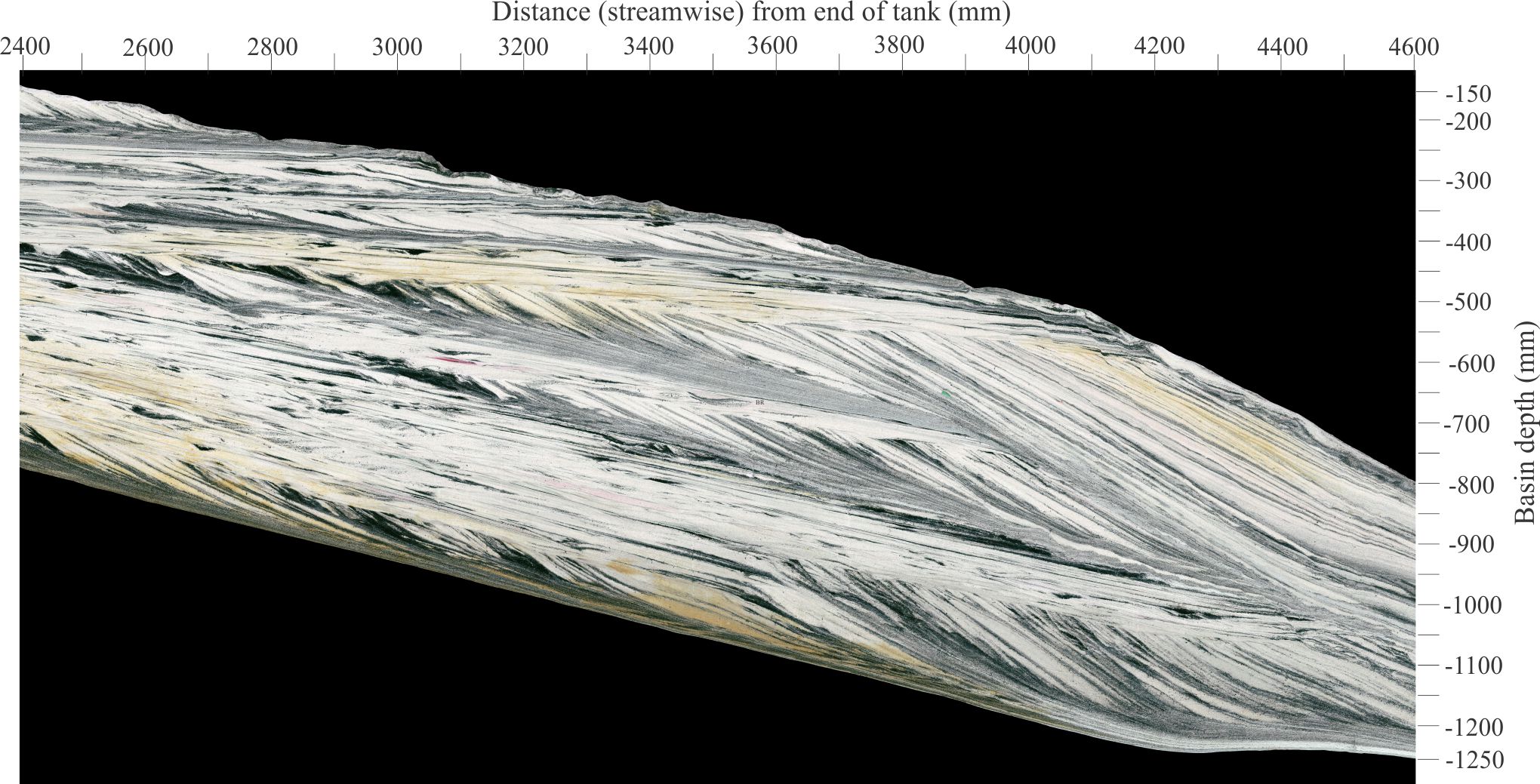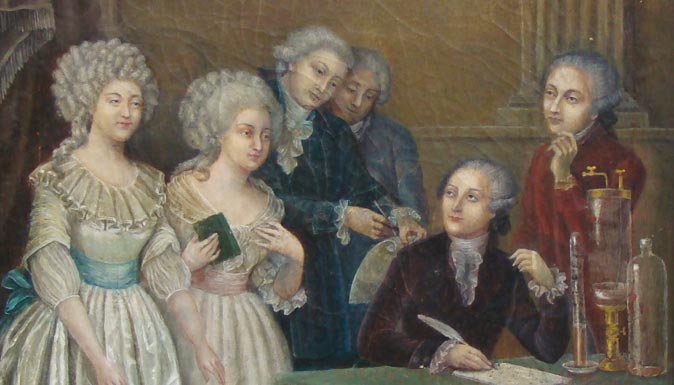
This biography is part of the series Pioneering women in Earth Sciences – the link will take you to the main page.
Translation of texts from one language to another, is often looked upon as a fairly static task where one set of words and sentences is exchanged for another. But the task involves much more than language facility. Translation also requires the recognition of language nuances imposed on a text by its author, as well as deciphering any technical terms that may not have direct equivalents in some other language. Such tasks are necessary if the full meaning of the original text is to be preserved.
Claudine Picardet is remembered principally because of her translations of scientific texts written by such luminaries as Swedish chemist Carl Wilhelm Scheele (1742-1786), Abraham Gottlob Werner (1749-1817), a well-known German geologist-mineralogist, and French chemist Antoine Lavoisier (1743-1794). Demand for her translation skills was based partly on her fluency in Swedish, German, English, and Italian, as well as her native French. She became part of a group of translators in Dijon (apparently the only woman) that was managed by her colleague Guyton of Morveau (who eventually became her second husband). But her skills extended well beyond being a mere scribe. She was the quintessential science communicator, organizing scientific gatherings and communicating science at popular salons. She was also learned in chemistry, mineralogy and meteorology, the latter being part of a program that Lavoisier was tasked with (by the French authorities).

The impact of her translations was significant at a time in the history of science when ideas, discoveries, and theoretical considerations were disseminated by word of mouth and the distribution of published texts – the latter were mostly available to those who could afford to purchase them; the gentile classes, and those of high social standing. Most scientific gatherings were populated by men. Claudine Picardet was probably unusual in that regard because she not only attended meetings, but also helped organized them. Today, announcements and dissemination of scientific discoveries are almost instantaneous, but the results of experimentation, theorizing, and discovery during the 18th and 19th centuries could take months, even years to reach a broad audience (the advances and sophistication of Indian and Arab mathematics took several centuries to reach Western Europe). Picardet’s translations of reported scientific knowledge were foundational in this regard.
Picardet’s name derives from her first marriage to Claude Picardet in 1755. She later married Guyton of Morveau after her first husband died, but the name Picardet survived because it was during the first marriage that she did many of her important translations. She lived through the reign of King Louis 16th and the end of the French monarchy (1774), the French Revolution (1787 to 1799), and the reign of terror (1793 to July 1794), when not only the King and his Queen Consort Marie Antoinette were executed, but also the renowned chemist Antoine Lavoisier with whom Picardet had a close friendship and collaboration (the French government exonerated him about 18 months later).

Of the many texts she translated, standout examples include:
- At least 17 of the 21 ‘Memoires’ that make up two volumes of Mémoires de Chymie by Swedish chemist Karl Scheele and published in 1785 (originally written in German – Scheele was a co-discoverer of oxygen. The calcium tungstate mineral scheelite was named after him). The title page notes that the volumes were translated in Swedish and German (Traduits du Suedois & de l’Allemend); it is not clear whether she was involved in both of these translations. The other references to her involvement are two statements in the ‘Advertissement’, on page ii “Dix sept de ces Mémoires ont été traduits Mde P***” (“Seventeen of these Memoirs have been translated by Madam P***”), and on page iii – “Les Traductions dont Mde P***”.

- Abraham Werner, a German geologist and mineralogist, made important contributions to mineral identification and classification, originally published as Von den äusserlichen Kennzeichen der Fossilien in 1774 (Treatise on the exterior characters of fossils). It was translated into French in 1790, and carries the statement “Par le traducteur des Memoires de Chymie de Scheele.”(by the translator of the Memoirs of Scheele).
- Translation from English to French in1774 ‘Spatogenesia: the Origin and Nature of Spar; Its Qualities and Uses’ by English Botanist and composer John Hill, and published in the Journal de physique, de chimie, d’histoire naturelle et des arts.
- Madam Lavoisier is usually credited with translation of Richard Kirwan’s 1787 ‘Essay on Phlogiston and the Constitution of Acids’ – Kirwan’s ideas were at odds with those of Antoine Lavoisier. It is possible that Picardet was involved in the translated work, in part because of her close affiliation with the Lavoisier couple, and through correspondence between Madam Lavoisier and Picardet – examined in detail in a paper by Keiko Kawashima (2020).
- Picardet is credited with the translation of many chemistry and mineralogy texts despite a general lack of explicit attribution by many authors. This conclusion is based on the correspondence between authors and publishers where her name is either mentioned or inferred, but was omitted from the translated texts.
References and other links
William B. Ashworth, 2018. Scientist of the Day – Claudine Picardet. Linda Hall Library.
Keiko Kawashima (2020). Madame Lavoisier et la traduction française de l’Essay on phlogiston de Kirwan / Madame Lavoisier and the French translation of Kirwan’s Essay on phlogiston. Revue d’histoire des sciences Année 2000 53-2 pp. 235-264. PDF available.
Marta Macho Stadler 2021. Claudine Picardet, a pioneer in scientific translation. (translated from the original Spanish published in Mujeres Con Cienca.
